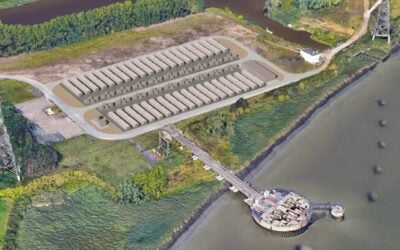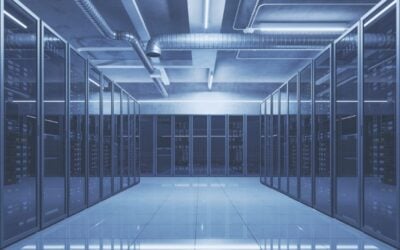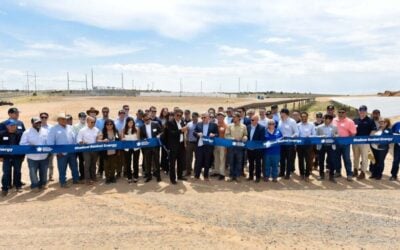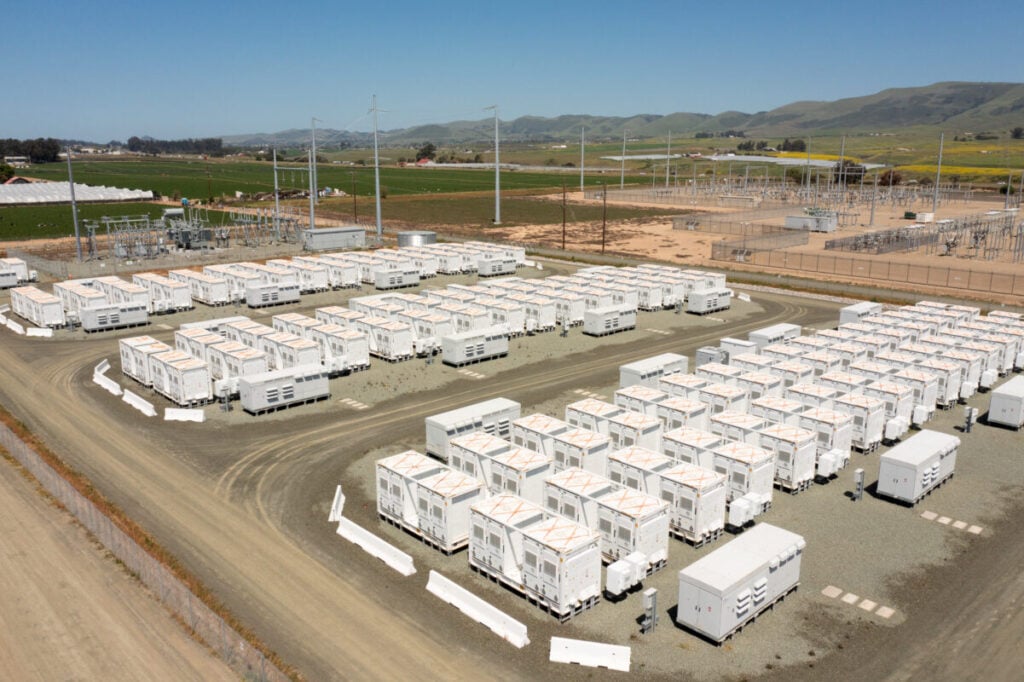
Fengate Asset Management and Alpha Omega Power’s (AOP’s) 100MW/400MWh Caballero battery energy storage system (BESS) in California, has reached commercial operations.
Located in Sun Luis Obispo County, California, Caballero was acquired from Origis Energy, and marks Fengate and AOP’s first investment since partnering in 2023.
Fengate is managing the investment on behalf of the Fengate Infrastructure Fund IV and its affiliated entities, including an investment by the LiUNA Pension Fund of Central and Eastern Canada.
The project was funded by MUFG Bank (MUFG) and US Bancorp Impact Finance, a US Bank subsidiary that offers capital for the renewable energy sector through tax equity and project finance debt.
Try Premium for just $1
- Full premium access for the first month at only $1
- Converts to an annual rate after 30 days unless cancelled
- Cancel anytime during the trial period
Premium Benefits
- Expert industry analysis and interviews
- Digital access to PV Tech Power journal
- Exclusive event discounts
Or get the full Premium subscription right away
Or continue reading this article for free
Caballero is also located near the Pacific Gas and Electric (PG&E) Mesa Substation, part of PG&E’s power system for the California central coast and the PG&E Kern interconnection area.
Earlier this month, local California news outlet KEYT reported that firefighters from multiple agencies participated in training sessions over two weeks at the Caballero BESS facility.
The San Luis Obispo County Fire Department explained in a press release that the training exercises aimed to familiarise fire responders with the facility’s layout, fire protection measures and proper response procedures.
In a filing submitted by Origis for Caballero to California authorities, the company detailed how it would implement fire and hazard safety protocols.
Part of this plan involved meeting with the local fire department to educate them on the BESS and appropriate fire suppression methods.
Earlier this year, the California Public Utilities Commission (CPUC) established new standards for operating BESS within the state.
One of those standards includes having battery storage facility owners develop emergency response and emergency action plans, which is also required by a state Senate bill (SB 38).
Fengate and AOP said that Caballero underwent “rigorous testing and training” with Cal Fire, San Luis Obispo City and County Fire during the construction and testing phases.
The companies further claimed that the project “meets or exceeds all local, state, and federal safety requirements, including California Fire Codes and the latest National Fire Protection Association (NFPA) 855 standards for energy storage.”
Arevon’s 200MW/400MWh Peregrine BESS begins commercial operations
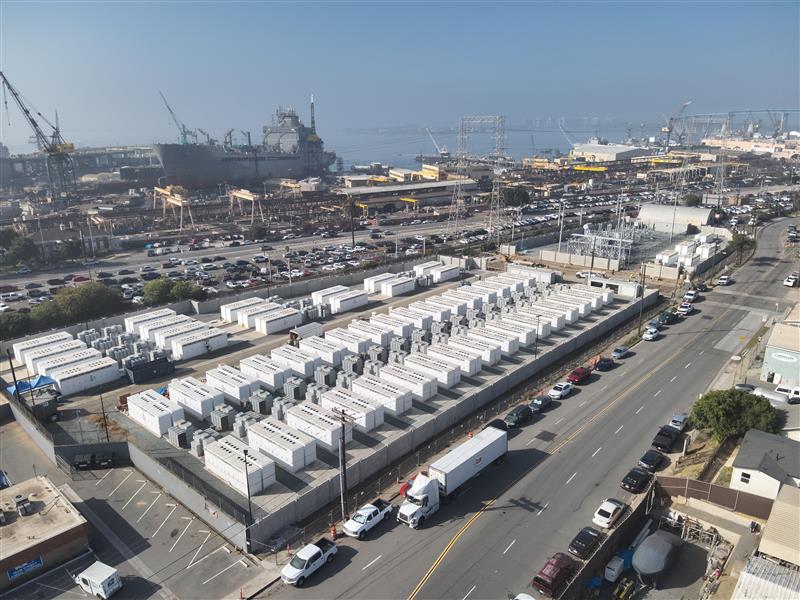
Elsewhere in California, renewable energy developer-operator Arevon Energy has begun commercial operations at the 200MW/400MWh Peregrine BESS in San Diego.
The BESS is located in the Barrio Logan community and marks the company’s fifth utility-scale energy storage facility in operation in the state.
Arevon developed, owns, and operates the US$300 million Peregrine project.
In February, the company completed a US$258 million financing for Peregrine and closed on a land financing facility with sustainable infrastructure investor HASI, making Arevon the owner of the project and the land it is on.
According to Arevon, the BESS employed more than 90 full-time personnel at the height of construction and will disburse long-term property tax benefits estimated to total more than US$28 million over its lifetime.
Peregrine utilises Tesla’s Megapack 2 XL lithium iron phosphate (LFP) batteries. Rosendin, which has previously supplied engineering, procurement, and construction (EPC) services for Arevon, handled EPC services for the project.
Arevon claims to have more than 3.2GW of renewable energy in operation and more than 800MW of renewable energy under construction in California.
The company has most recently started operations for the Eland 1 solar-plus-storage, Vikings and Condor energy storage projects.

